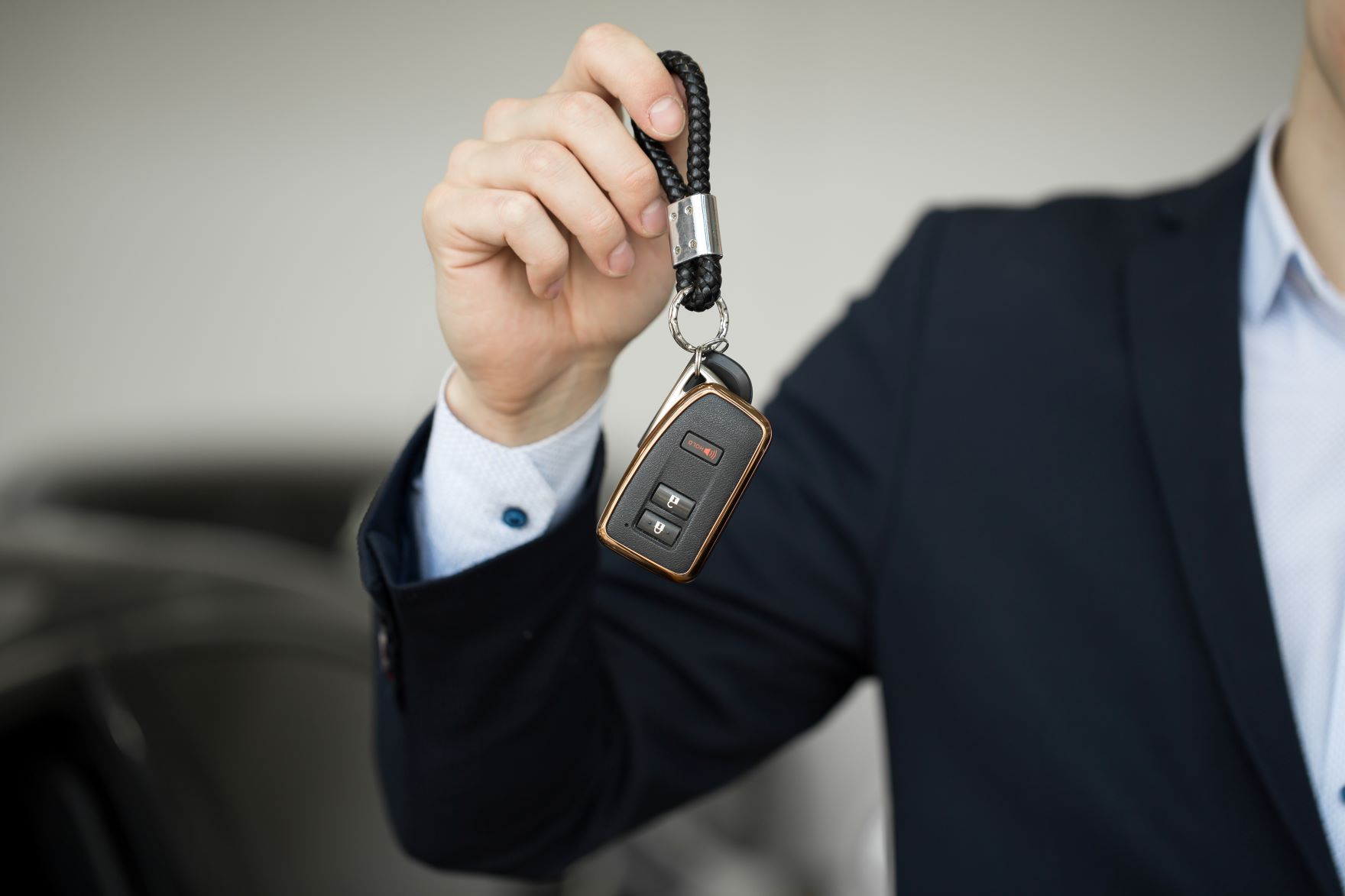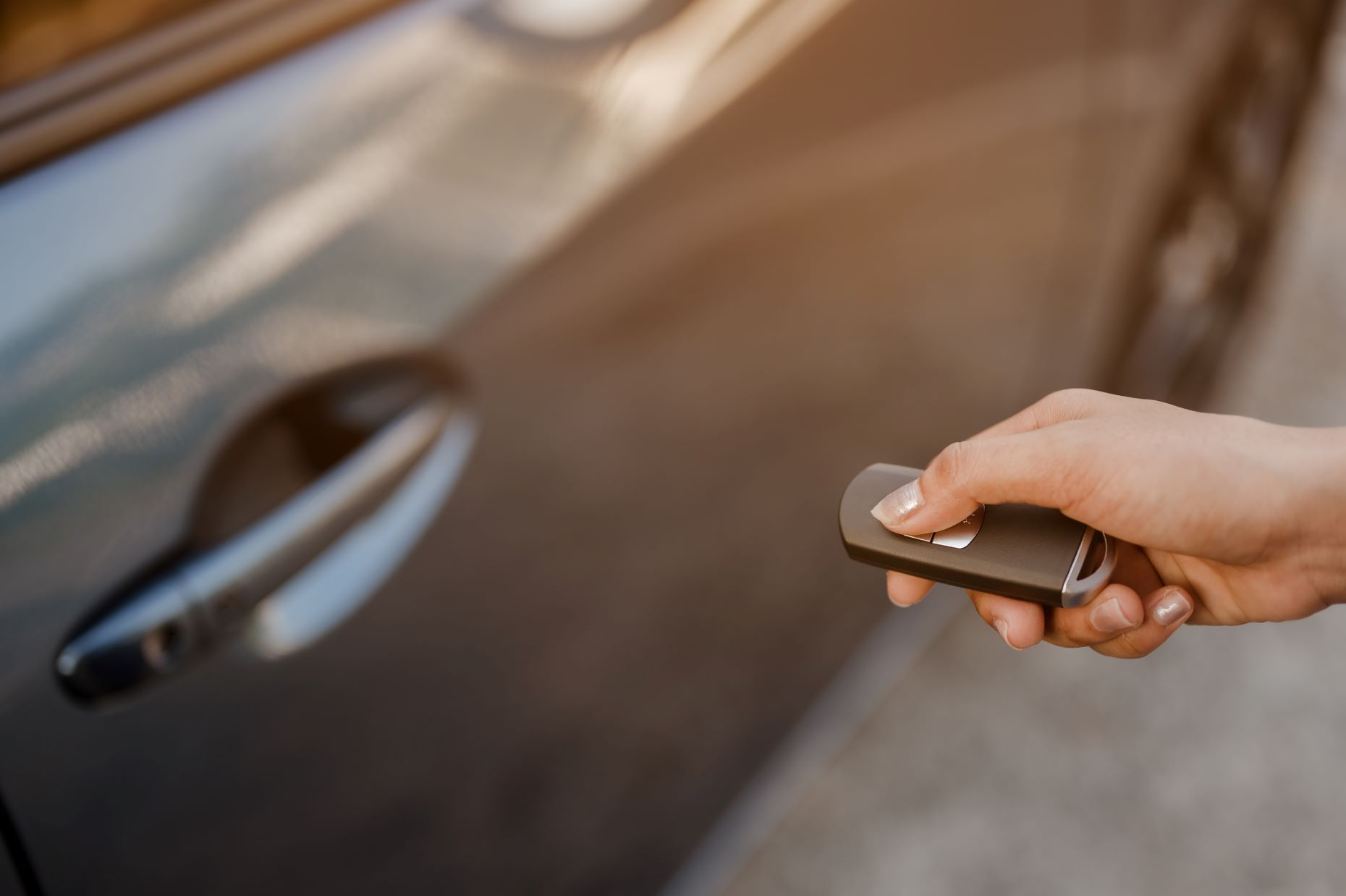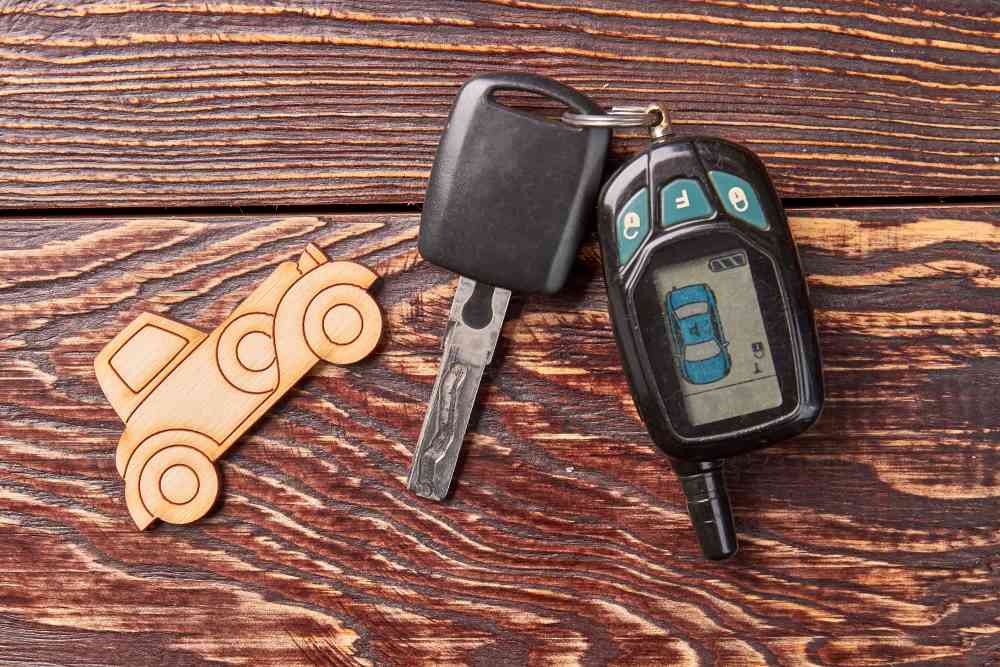9000+ Cashless Garages
96% Claims Settled (FY 24-25)

9000+ Cashless Garages
96% Claims Settled (FY 24-25)



Over the past few years, keyless entry has become more familiar, providing users with great convenience. But what exactly is a keyless entry system? How does it differ from traditional keys? Whether it is helpful to make the transition from traditional keys to the new form of keyless entry. You'll get answers to all your questions in this guide.
In this article, we'll explore the difference between keyless entry and traditional car keys to help you find your best choice. We'll also discuss safety measures and choose whatever option is more economical. Let's begin.



A keyless entry system is a modern innovation of technology that allows access to the vehicle without using traditional mechanical keys. This generally occurs through a remote fob, smartphone app, or proximity sensor communicating with the vehicle when the owner approaches.
It uses wireless technology over a very short distance for communication using radio signals between the car and a remote. When you touch the button, a signal is transmitted. An electronic command sends a radio signal to unlock all the car doors and the boot, where applicable. Some systems also let you start the engine without inserting a key, a very convenient feature.

Traditionally, car keys are the same ones that have been used for decades to unlock and enable a car's ignition. They usually consist of a metal blade that could fit into the door and then ignite the car as one inserts the key to operate or start the door. These keys are simple and easy to use.
They have no batteries, which means there is no need for some electrical components to operate. Most older vehicles use conventional keys. While they do not match the flashiness of modern systems, traditional keys are known and positively popular. They have been around for a few decades and are useful for many car owners.
Keyless entry and traditional car keys do the same job, yet they work quite differently, offering unique advantages and certain new challenges for the driver. This is how they differ:
Modern vehicles often use these keyless entry systems and are known to combine high convenience with security. However, some disadvantages might be associated with these systems that are relevant to understand.
Keyless entry systems have several benefits; thus, they are widely used in modern-day vehicles for convenience, security, and even high-class features. Several key benefits include:
| Convenience | Keyless entry systems facilitate hands-free use, making it easier to unlock and start your car without pulling the key fob out of your pocket or bag. |
| Superior Security | These systems apply advanced encryption and security features to minimise car theft using traditional lock-picking methods or key duplication. |
| Remote Access | Many keyless entry systems offer unlock capabilities from a distance. This will be useful when you need to gain access from a distance. |
| Push-Button Start | Keyless entry often includes push-button start technology, enabling drivers to start the vehicle without putting in a key. |
| Automatic Locking | Some systems automatically lock the car if the fob gets out of range, offering an additional layer of security. |
Although keyless entry systems possess numerous advantages, they also have some specific disadvantages affecting the system's operational and safety functions, including:
| Battery Dependency | A key fob or a smartphone app relies on rechargeable batteries when depleted, leaving a car owner restricted from using their vehicle. |
| Cost | The installation and fixing of the keyless entry are more cost-intensive than mechanical keys. |
| Vulnerability to Hacking | Despite advanced encryption, keyless entry systems are vulnerable to hacking techniques, including relay attacks. |
| Complexity | If the system fails, it is more complicated and expensive to fix than a traditional key. |
| Key Fob Loss or Damage | The loss or damage of a key fob can make a system inoperable, potentially resulting in costly repair or hold-up in accessing your vehicle. |
While traditional car keys have been guarding vehicles from the start, they also have advantages and disadvantages. Let's explore how they measure up.
These are some advantages of traditional car keys that have made them safe and reliable for many years, including:
| Simplicity | Easy to operate; there is hardly any learning curve for anybody. This is the simplest form of security for cars. |
| Cost-Effective | Usually inexpensive to change or replicate. They are much cheaper to repair or change than keyless car entry keys. |
| No Battery Dependency | Old-fashioned keys work without the battery issue. So, the chances of any sudden problem with the key are very low. |
| Universal Compatibility | Metal keys are strong and compatible with various cars. Furthermore, it is a mass-chosen option. |
| Durability | Sturdy, with no wear and tear. The chances of keys getting damaged are very low thanks to its metal base. |
Although reliable, traditional car keys do have their flaws, such as:
| Security Concerns | Capable of simple duplication and theft. This increases the rate of theft if lost even for some time. |
| No Advanced Features | They lack remote locking or engine start features. Thus falling behind with advancements. |
| Easier to Misplace | The compact size makes it easy to forget inside the house. It's smaller in size compared to keyless entry cars. |
Traditional car keys and keyless entry systems have their strengths and weaknesses regarding security. Keyless entry systems provide several sophisticated high-tech methods of keeping the car safe through various features, which makes it difficult to steal cars from criminals' perspective.
Traditional car keys are simpler. They work with mechanical locks and are not affected by electronic hacking. However, they can be easily copied or stolen during a break-in. While they don't have high-tech risks, they lack modern systems' extra protection.
The correct option, however, depends on your requirements. If you like convenience and technology, choose keyless systems. However, traditional keys are the way to go if you want simplicity and fewer electronic worries.
Whether you use a conventional car key or a keyless entry system, there are numerous ways to increase the security level of your vehicle and safeguard it against theft.
Keyless entry systems come with all sorts of convenience and advanced features. There are still several things you can do to improve their security and safeguard your vehicle against unauthorised access, including:
While traditional car keys may look plain, there are several ways in which security can be enhanced, such as:
Whether you have a keyless entry system or a traditional car key, sometimes it will malfunction. Let’s look at common problems and troubleshooting tips to help you fix them.
Keyless entry systems offer convenience but can encounter issues like any technology. Here are some common problems and troubleshooting tips to help resolve them:
These old keys are easy to use and dependable, yet they sometimes fail. Here are some of the common issues that can arise and a few tips to help troubleshoot the problems:
Transitioning from traditional car keys to a keyless entry system is not complex. Here are some tips to help you adjust and make the most of the new technology:
In conclusion, keyless entry is far superior to traditional car keys. Combining ease of use with better security features and modern functionality, keyless entry is ideal for those who desire to drive with minimal effort and maximum efficiency. Conventional keys stand out more in simplicity, honesty, affordability, and the old favourites. Ultimately, choosing among the two depends on your preference.